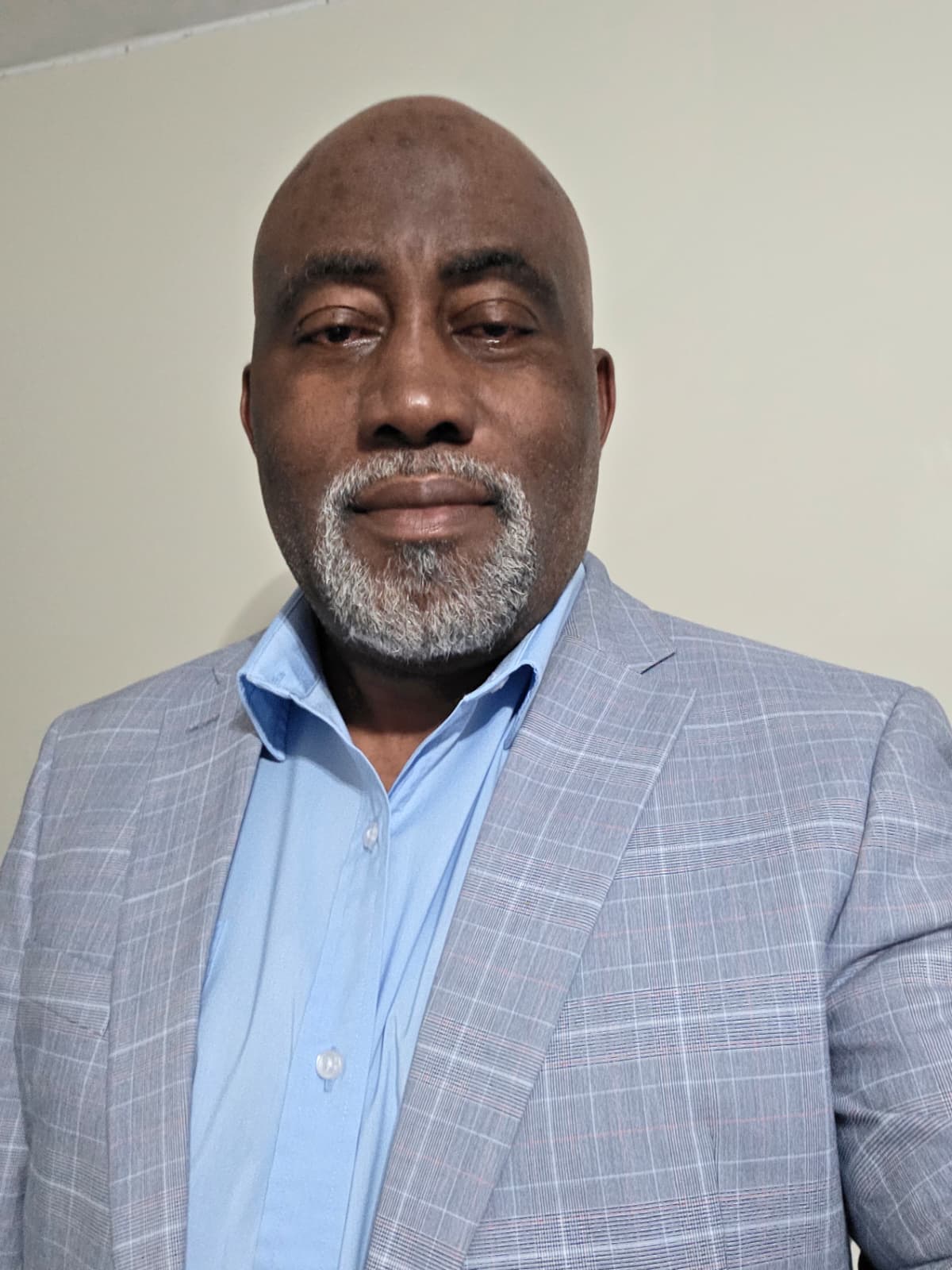Copyright Star Tribune

Wolleat, who retired in 2022 as president and CEO of Northwood Children’s Services, described himself as a lifelong fan and vigorous brand ambassador for Minneapolis wherever his career and recreational travels formerly took him. That is no longer the case. “My wife and I haven’t stayed downtown for five years,” he wrote. “Simply put, we are scared stiff. ... [D]owntown has become a ghost town, with the only folks walking about gangs of kids with seemingly nefarious intentions. This is not just what I’ve read, it’s what I have observed.” Wolleat continued: “I am saddened by the deterioration of the city and deeply disappointed in the radical politics that, in my view, have contributed to the current state of affairs. Lest you write me off as yet another right-wing nut, I assure you, I am not. I am a licensed mental health professional and spent my entire career running programs for kids with serious mental health issues and helping their families.” The emails, some of which Wolleat initially began sharing with me shortly after last week’s city election, could simply be dismissed as outstate hyperbole. After all, violent crime in Minneapolis has dropped significantly since a peak in 2021. Robberies are down, carjackings have decreased and homicide rates have leveled. The data paints a city moving, however unevenly, in a desirable direction. Osman, who has represented his ward since 2020, said the incident shook him. “If it can happen to a council member, it can happen to anybody,” he told the Minnesota Star Tribune. “We should not normalize this kind of behavior in the city of Minneapolis.” He’s right, of course. But the harder question city leaders must continue to address is this: How does one fight a perception that also has real-life consequences? How do you restore confidence in public safety when acts of violence, amplified through social media, repeated on talk radio, documented on local TV specials and widely whispered in the suburbs and beyond, only reinforces every fearful narrative about urban decline? What happened to Osman was no abstraction. Nor was it a complete outlier. These incidents, even when statistically on the decline, continue to serve as psychic earthquakes shaking confidence, and widening the divide between actual reality and perception of reality. The councilman now finds himself at an intersection few politicians ever expect to stand. But having been the victim of a carjacking, he is even more uniquely positioned to help lead the council toward a public safety approach that blends empathy with enforcement. Osman has previously championed the use of violence interrupters, the trained community members who mediate conflicts and deter retaliatory violence. And although the behavior of some of the violence interrupters invites suspicion and warrants caution, their work matters. But even the most dedicated of them are only a small part of a solution. Minneapolis police, still operating with a depleted force, remain in a constant cat-and-mouse game with juvenile offenders whose crimes are often written off as youthful mistakes. When a carjacking involves a gun, real or replica, that’s not a mistake, however. It’s a felonious, soul-crushing assault that extends beyond a single victim. This town must continue to grow its trust and support of police — trust that must be daily earned. Osman could use his experience to push for a harder, smarter balance: continued police training in de-escalation and pursuit tactics, targeted youth intervention programs that operate before rather than after a crime, and stronger coordination between law enforcement and community groups who know the terrain where criminal activity germinates. For citizens like Wolleat, who watch from a distance, those necessary steps may not be enough to change hearts. Fear, once set, calcifies. Yet fear must not override the Minneapolis story. And a city cannot surrender the narrative. Minneapolis must continue to search for ways to tell its safety story truthfully. It cannot be sugarcoated, nor sensationalized. It must reflect the complicated reality that shocking and harmful events don’t exclusively define the social health or trajectory of a place. Just to be contrary, I invited him and his wife to travel back to the city to join me for dinner and an evening in downtown Minneapolis before the year ends. He happily accepted.



